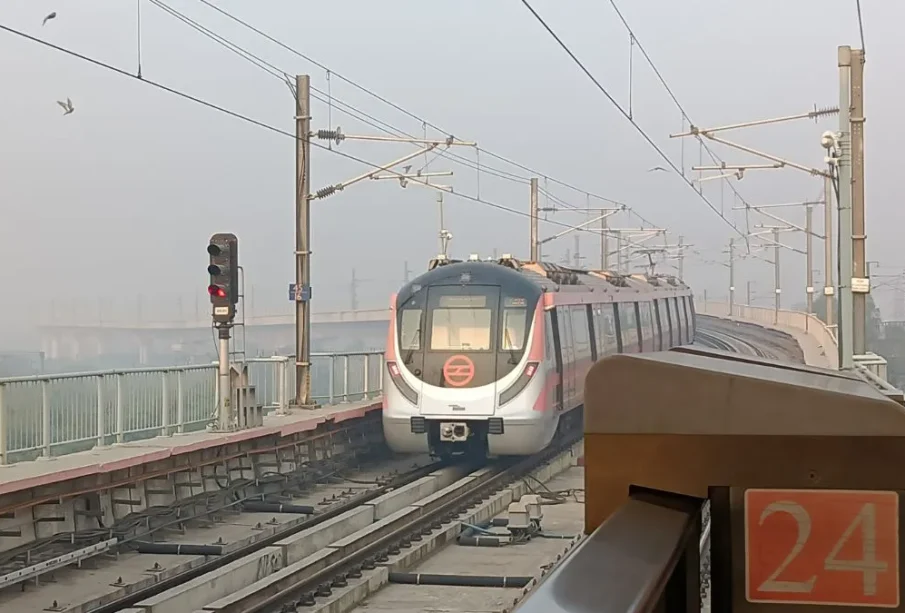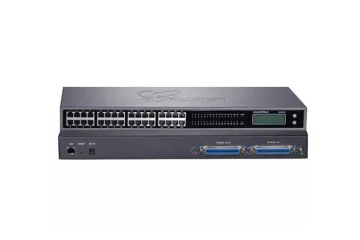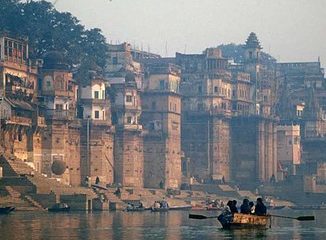Delhi Metro: A Backbone of Urban Transportation in the Capital

Introduction
The Delhi Metro has emerged as a lifeline for millions of commuters in the capital, significantly transforming urban transport dynamics. With its rapid expansion and state-of-the-art facilities, the metro network is not only easing traffic congestion but also contributing to a cleaner environment. As a pivotal component of Delhi’s infrastructure, understanding its importance and recent developments is crucial.
Current Expansion and Developments
As of now, the Delhi Metro Rail Corporation (DMRC) has expanded its reach to over 390 kilometers, connecting key areas and ensuring seamless travel for users. Recent announcements indicate further expansions, including the upcoming phases of the Pink Line and the extension of the Magenta Line. The Metro network is expected to add approximately 70 kilometers of new tracks by the end of 2024, which will connect several underserved regions of the national capital.
Technological Advancements
Innovations in technology are at the forefront of the Metro’s development. The introduction of driverless trains on certain corridors, upgraded ticketing systems through QR code scanning, and the installation of advanced safety features are just a few examples of how DMRC is enhancing commuter convenience and safety. Moreover, plans for integrating electric bus services with the Metro are underway, promising an even more efficient public transport system.
Sustainability Efforts
Amid increasing concerns about pollution and sustainability, the Delhi Metro has made significant strides in adopting green practices. The network operates on a mix of solar energy and advanced energy-efficient systems, reducing its carbon footprint. DMRC aims to be a net-zero carbon emitter by 2030, aligning with India’s broader commitment to sustainability.
Conclusion
Delhi Metro stands as a testament to successful urban planning and management, significantly enhancing mobility and contributing to a sustainable future for the capital. Its continued expansion not only facilitates better connectivity but also promotes the use of public transportation over private vehicles, which is essential for tackling urban pollution and traffic congestion. As the metro network continues to grow, it is set to redefine the commuting landscape in Delhi, providing residents with efficient, reliable, and sustainable transport options.









